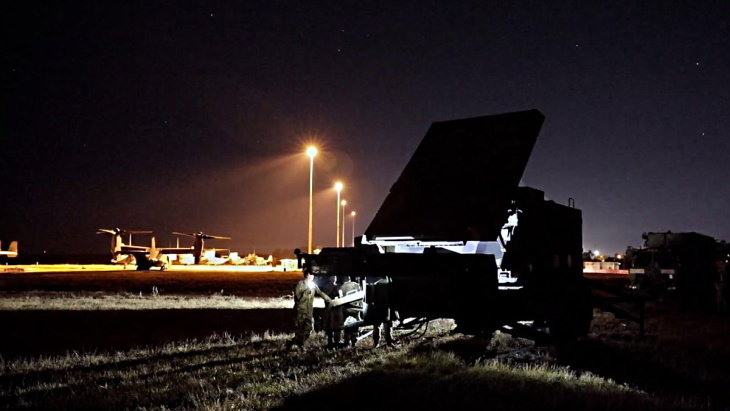Shikoku Electric Power Company has submitted an amended 'construction plan' to the Japanese regulator for strengthening unit 3 of its Ikata nuclear power plant in Ehime prefecture. The plan is the second of three applications required during the restart process.
.jpg) |
| Shikoku's three-unit Ikata plant (Image: NRA) |
The utility originally submitted its construction plan for the unit to the Nuclear Regulation Authority (NRA) on 30 October 2015. However, the NRA identified a number of revisions required during its review of the application. Shikoku announced yesterday that it had now presented the NRA with an amended plan taking into account the additional requirements.
Shikoku said the main amendments were related to further enhancing the unit's protection against natural disasters (including against earthquakes, tsunami and tornadoes), as well as improving the protection of safety-critical outdoor equipment.
Under Japan's reactor restart process, plant operators are required to apply to the NRA for: permission to make changes to the reactor installation; approval of its construction plan to strengthen the plant; and, final safety inspections to ensure the unit meets new safety requirements. Operators are required to add certain safety-enhancing equipment within five years of receiving the NRA's approval of a reactor engineering work program.
Shikoku submitted its engineering work program for Ikata 3 - an 846 MWe pressurized water reactor - to the NRA in July 2013. This was approved by the NRA in July last year. That approval - which means the NRA considers the reactor, and the plant as a whole, to be safe for operation - represented by far the major part of the licensing process.
In January, Shikoku applied to the Japanese regulator to construct a back-up emergency response building at Ikata 3 as well as to install additional air-cooled emergency gas turbine generators at the unit.
Once its construction plan for Ikata 3 has been approved, Shikoku can request the NRA carry out final pre-operational safety inspections of the unit, which should clear the way for it to resume commercial operation.
Unit 1 of Kyushu Electric Power Company's Sendai plant in Kagoshima prefecture was the first of Japan's operable reactors to resume operation since September 2013 when it restarted last August. The restart of unit 2 followed in October. These were followed by unit 3 of Kansai Electric Power Company's Takahama nuclear power plant in Fukui prefecture on 29 January, while unit 4 of that plant is in the process of restarting.
Another 20 reactors are moving through the restart process, which has been prioritised to bring on the most-needed reactors first, in the localities and prefectures more supportive of restart.
Researched and written
by World Nuclear News




_69218.jpg)

_50545.jpg)
_28367.jpg)
_76087_55556.jpg)




